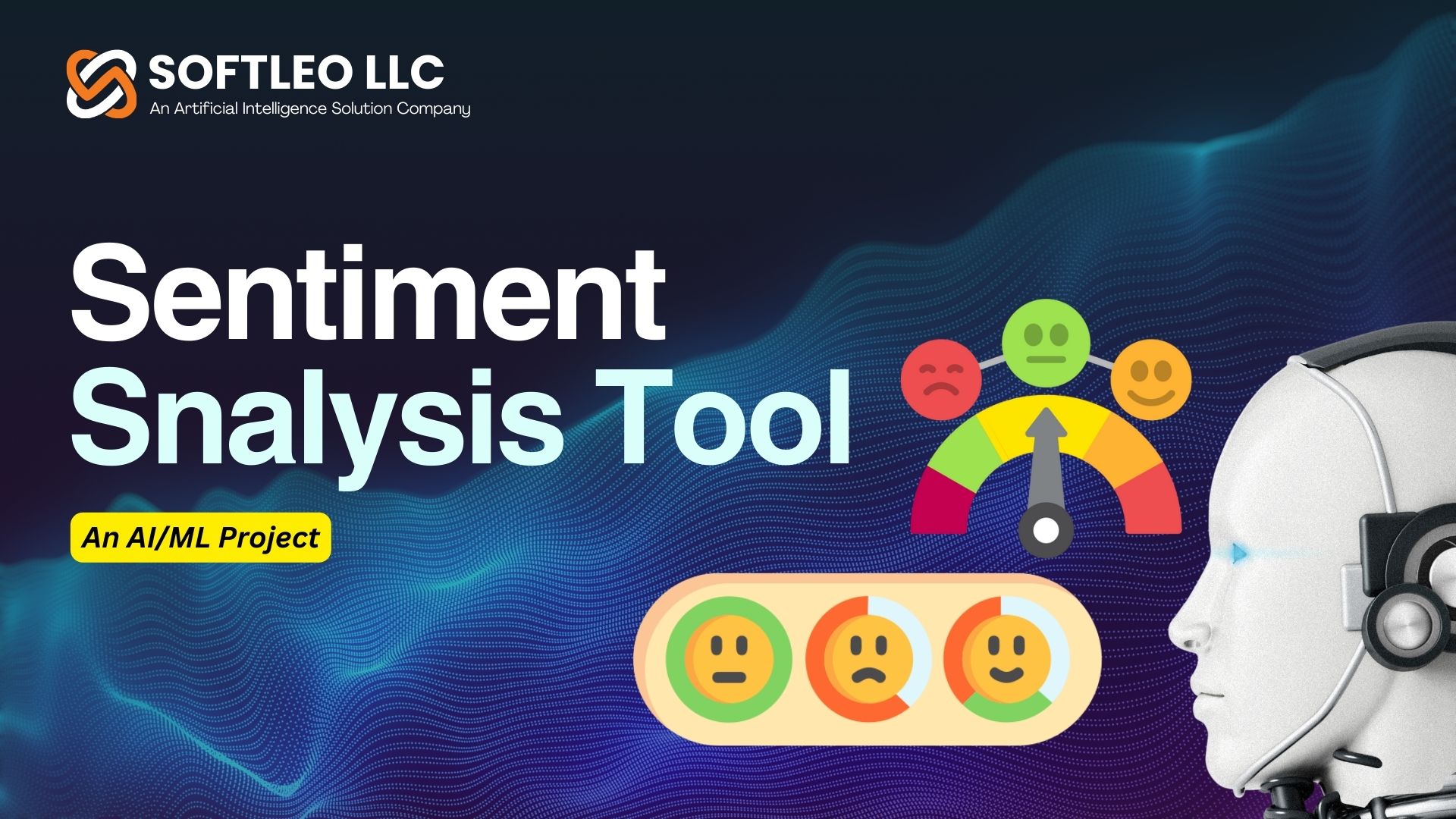
The Sentiment Analysis Tool emerges as a groundbreaking solution in the realm of natural language processing, providing organizations with unprecedented insights into textual data's emotional landscape. By employing sophisticated machine learning and linguistic analysis techniques, this tool transforms unstructured text into meaningful, actionable intelligence about human sentiment and perception.
Built on Python's robust ecosystem, the tool harnesses the power of NLTK for advanced text preprocessing and TensorFlow with Keras for developing intricate sentiment classification models. These technologies work in concert to deconstruct complex linguistic structures, extracting nuanced emotional context from diverse text sources with remarkable accuracy.
The system's natural language processing pipeline goes beyond simple positive-negative classification, offering multi-dimensional sentiment analysis that captures subtle emotional gradients. By processing massive volumes of text from sources like social media, customer reviews, surveys, and support interactions, the tool provides organizations with a comprehensive understanding of public perception and customer sentiment.
An intuitive user interface allows seamless data upload and analysis, presenting results through sophisticated visualizations that transform raw sentiment data into immediately comprehensible insights. The tool's API integration capabilities ensure it can be effortlessly incorporated into existing business intelligence and data analysis workflows.
By bridging the gap between raw textual data and meaningful emotional insights, this Sentiment Analysis Tool represents a powerful intersection of artificial intelligence, linguistics, and data science, enabling more empathetic and data-driven decision-making across industries.
Features
- Advanced multi-dimensional sentiment classification
- Comprehensive natural language processing pipeline
- High-accuracy emotion and sentiment detection
- Support for multiple languages and text sources
- Interactive data visualization and reporting
- Scalable machine learning models
- Flexible API integration capabilities
- Real-time sentiment analysis processing
Applications
- Social media sentiment monitoring
- Customer feedback analysis
- Brand reputation management
- Market research and consumer insights
- Product review aggregation
- Political polling and public opinion tracking
- Customer support sentiment evaluation
- Employee satisfaction surveys
AI/ML Project
Python, NLTK, TensorFlow, KerasThis project involves the development of a sentiment analysis tool that uses NLP techniques to analyze and classify the sentiment of text data. The tool can be used for various applications, including social media monitoring and customer feedback analysis.